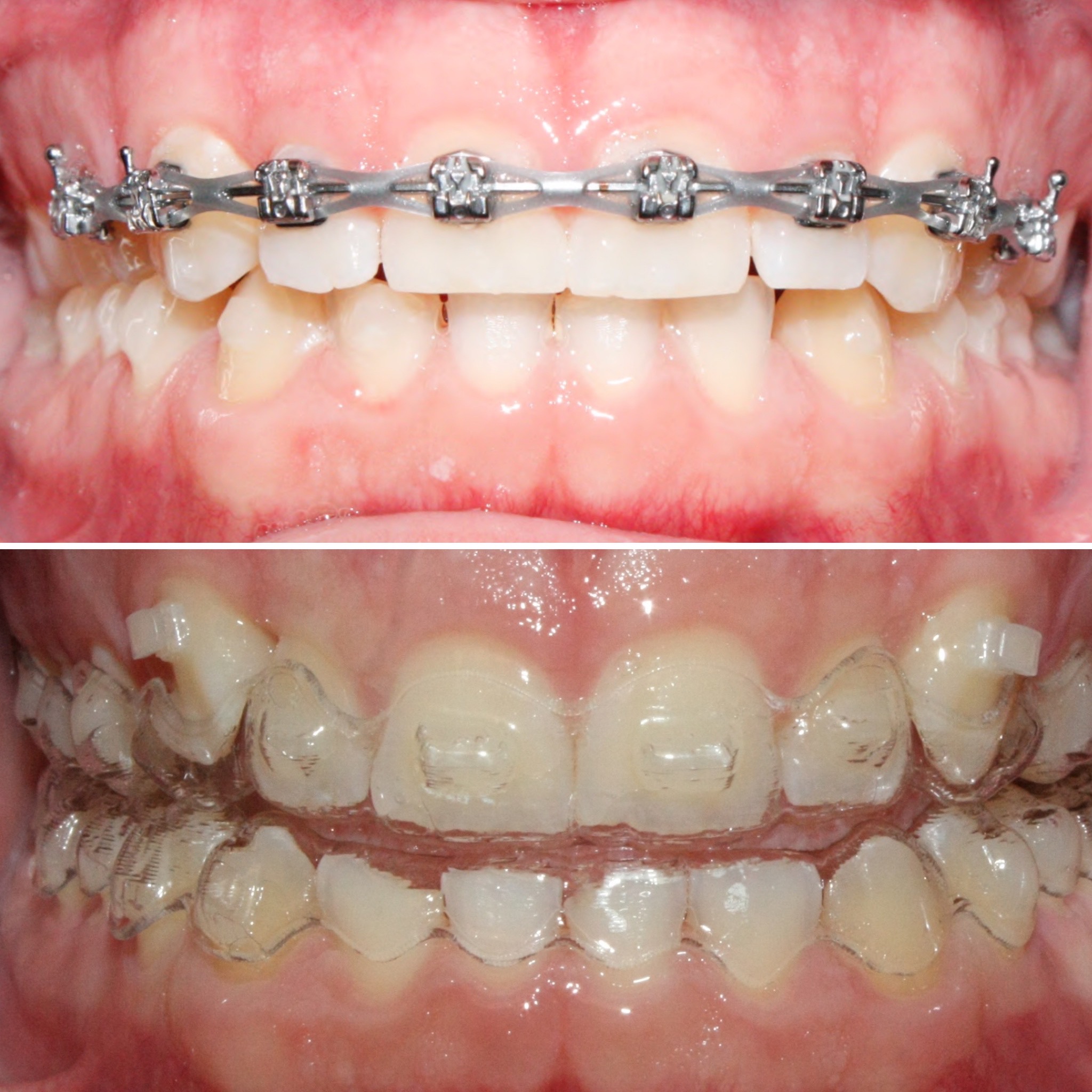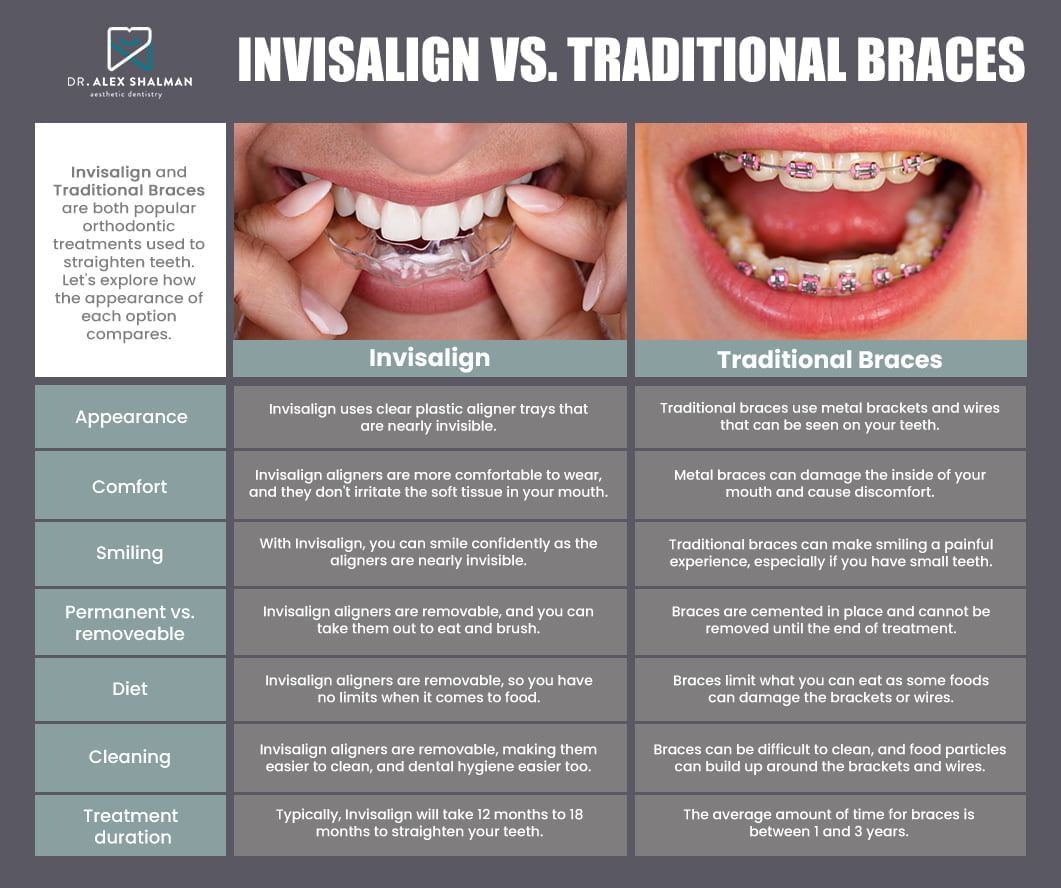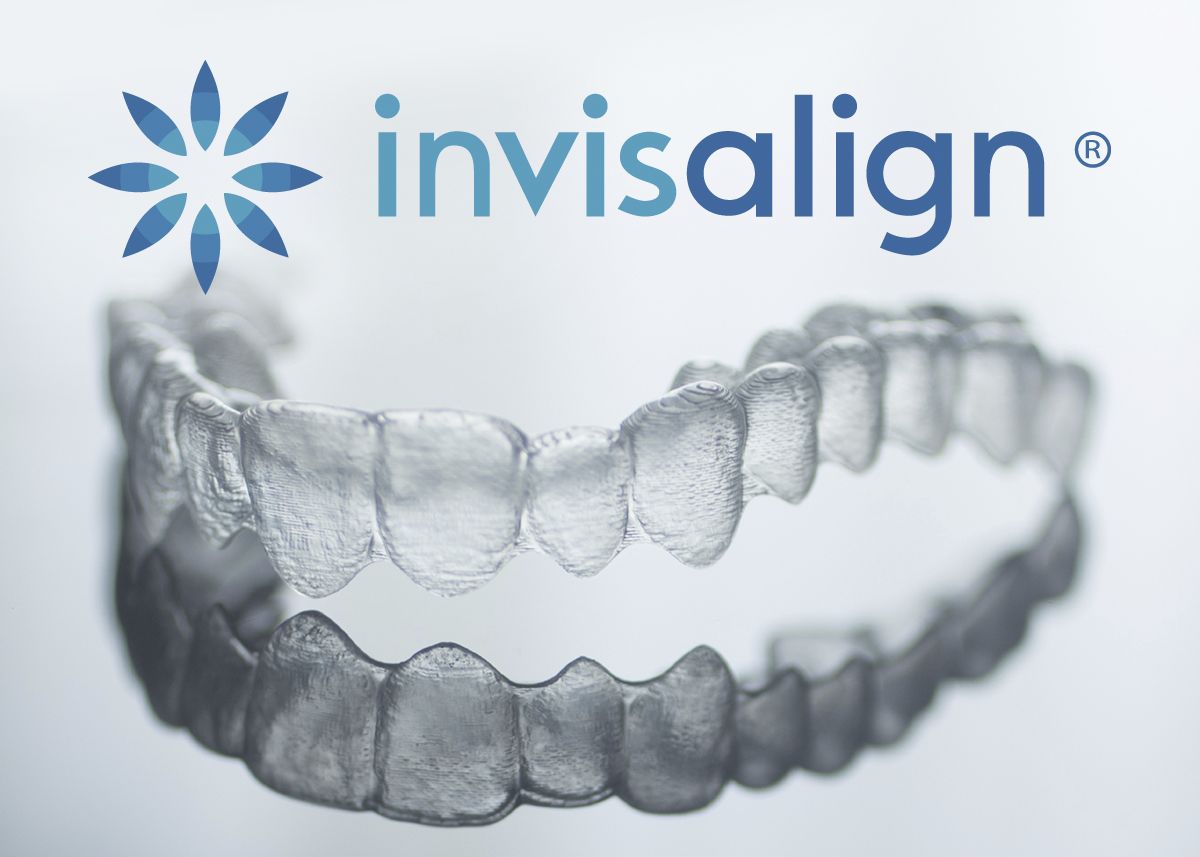The Cost of Invisalign: Comprehending the Investment in Your Smile
The Cost of Invisalign: Comprehending the Investment in Your Smile
Blog Article
Invisalign vs. Conventional Braces: Which Alternative Is Right for You?
When taking into consideration orthodontic therapy, the option between Invisalign and traditional braces offers numerous crucial aspects that merit cautious analysis. Invisalign provides a discreet alternative with removable aligners, while conventional dental braces supply an extra noticeable yet reliable option for severe imbalance. Each option incorporates distinct benefits and downsides connected to visual appeals, comfort, therapy period, and price. Recognizing these nuances is essential for making an educated decision that aligns with your personal preferences and way of living. The inquiry continues to be: which choice will finest meet your orthodontic needs and assumptions?
Introduction of Therapy Options

On the other hand, standard braces consist of steel braces and wires that are bonded to the teeth. This method applies continuous pressure over time to attain positioning. While reliable for complex orthodontic concerns, conventional braces require normal sees for adjustments and can position challenges in preserving oral health due to the trouble of cleaning up about brackets and cables.
Both options have their values, and the choice frequently depends upon certain oral problems, lifestyle preferences, and client compliance. Inevitably, speaking with an orthodontic specialist is essential for establishing the most appropriate treatment plan customized to specific needs. Understanding the subtleties of each option can dramatically influence the overall success of orthodontic treatment.
Aesthetic Considerations
A significant factor influencing the choice in between Invisalign and conventional dental braces is the visual charm each therapy provides. Invisalign aligners are crafted from clear plastic, making them essentially invisible when worn. This discreet appearance is especially appealing to young adults and adults that might really feel awkward regarding their orthodontic therapy. The ability to keep a natural smile throughout the positioning process can substantially boost the individual's self-confidence in professional and social settings.
In comparison, traditional dental braces contain steel brackets and wires, which can be a lot more recognizable. While advancements in orthodontic innovation have resulted in the development of smaller brackets and tinted elastics, traditional braces still preserve an even more noticeable account. For some people, the exposure of dental braces might deter them from seeking needed treatment.
Inevitably, the choice between Invisalign and traditional braces may hinge on personal choices relating to visual appeals. Patients who focus on discernment usually lean toward Invisalign, while those that are less worried about visibility may opt for traditional braces. Comprehending the aesthetic ramifications of each alternative is essential for making a notified decision that lines up with one's lifestyle and choices.
Comfort and Convenience

In regards to benefit, Invisalign aligners are removable, making it possible for individuals to appreciate their favorite foods without limitation and maintain optimal oral hygiene. Brushing and flossing are streamlined, as the aligners can be secured during these routines, whereas conventional braces need cautious steering around brackets and wires.
Additionally, Invisalign's modern system enables less orthodontic visits. Clients normally obtain numerous sets of aligners at once, which can simplify the treatment procedure and lower time invested in the orthodontist's chair. In comparison, typical braces require routine adjustments, making them less convenient for those with hectic schedules. Invisalign. In general, the convenience and benefit of Invisalign make it an enticing option for lots of individuals looking for orthodontic treatment.
Treatment Duration and Performance
While both Invisalign and standard dental braces are effective in fixing dental misalignments, the duration of treatment can differ dramatically in between the 2 alternatives. Usually, Invisalign treatment can take anywhere from 12 to 18 months, depending on the intricacy of the case. The clear aligners function by gradually moving teeth into their preferred settings, and regular follow-ups with an orthodontist help guarantee progress stays on course.
In comparison, conventional dental braces commonly need a longer commitment, usually ranging from 18 months to 3 years. This is due to their set nature and making use of brackets and cords, which can be more reliable for severe imbalances and intricate situations (Invisalign). The treatment efficiency of standard dental braces is well-documented, as they enable exact modifications and greater control over tooth movement
Inevitably, the choice in between Invisalign and traditional dental braces might pivot on both the anticipated treatment period and the certain oral concerns available. Consulting with an orthodontist is critical, as they can supply customized recommendations based upon individual needs, ensuring the selected technique straightens with desired outcomes and timeframes.
Cost Comparison and Insurance Policy Options
Expense plays a significant function in the decision-making process for individuals taking into consideration orthodontic treatment, whether selecting Invisalign or conventional dental braces. Generally, the price of Invisalign varieties from $3,000 to i thought about this $8,000, while conventional dental braces normally cost in between $2,000 and $6,000. Elements influencing these expenses include the complexity of the instance, the period of therapy, and geographical area.
Many oral insurance plans offer partial coverage for orthodontic therapies, however the specifics can differ commonly. Normally, traditional dental braces might be extra frequently covered by insurance strategies contrasted to Invisalign, which some insurers classify as an aesthetic procedure.
Furthermore, a number of orthodontic practices provide adaptable payment plans, making both therapy choices a lot more easily accessible. Individuals must make inquiries about potential financing alternatives and price cuts for in advance payments. Assessing the overall price, including insurance advantages and payment plans, is crucial for making an educated choice that straightens with both aesthetic choices and spending plan factors to consider.

Conclusion
In recap, the option in between Invisalign and standard braces pivots on numerous elements, consisting of visual preferences, comfort, treatment duration, and expense. Invisalign provides a very discreet, detachable alternative that promotes oral hygiene and dietary flexibility, while standard dental braces may be a lot more appropriate for complex dental problems and typically come with a lower cost point. Inevitably, appointment with an orthodontist is vital to evaluate specific circumstances and determine the most appropriate therapy choice for attaining optimum dental placement.
When taking into consideration orthodontic treatment, the choice between Invisalign and typical braces provides a number of vital factors that warrant cautious examination.Contrasting Invisalign and traditional dental braces discloses unique treatment alternatives for orthodontic adjustment.While Read Full Article both Invisalign and conventional braces are efficient in dealing with oral misalignments, the duration of treatment can differ dramatically between the two alternatives.Cost plays a substantial function in the decision-making process for individuals taking into consideration orthodontic therapy, whether opting for Invisalign or typical dental braces.In summary, the selection in between Invisalign and standard dental braces pivots on numerous aspects, including click here for more visual choices, comfort, treatment duration, and cost.
Report this page